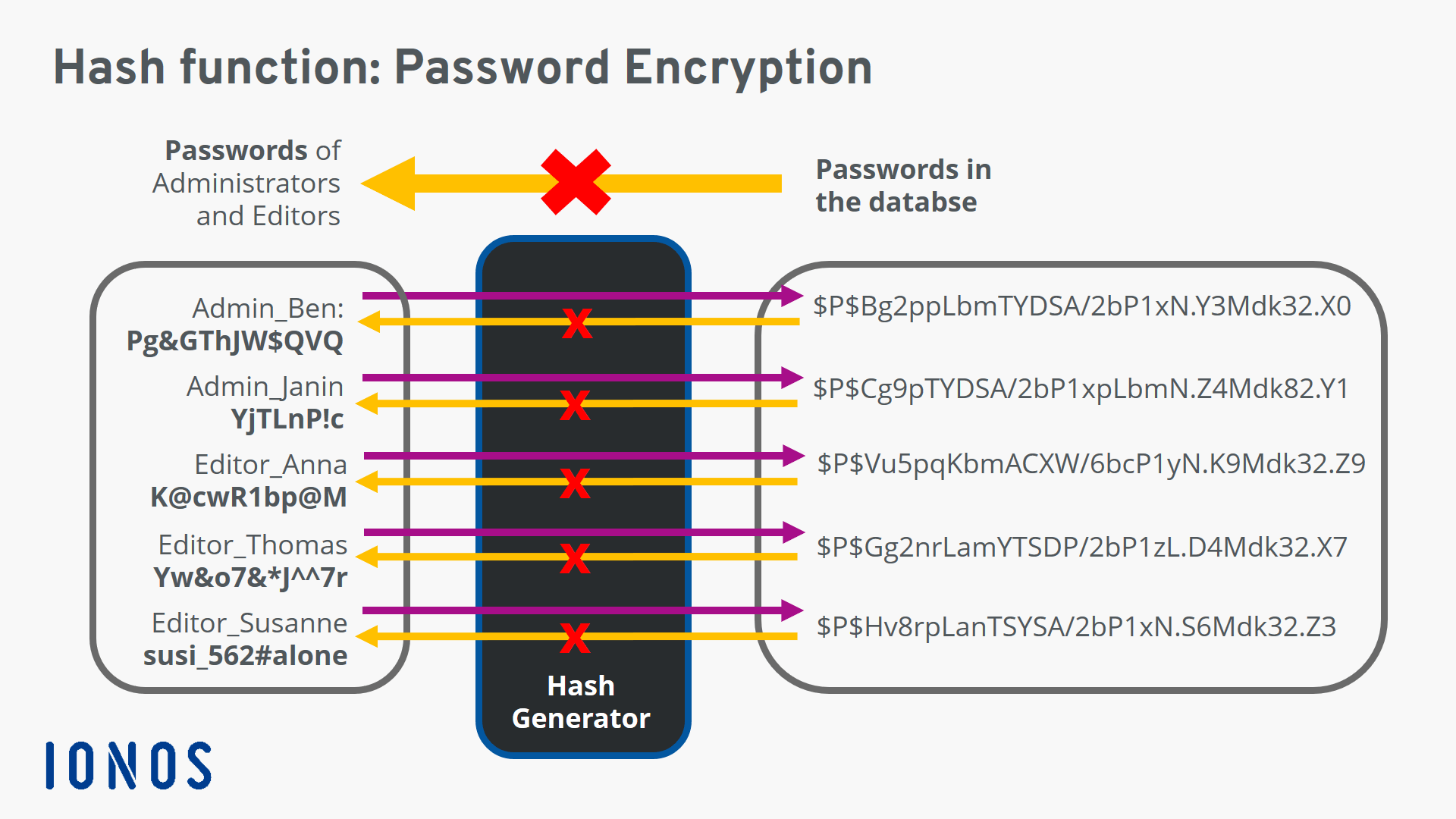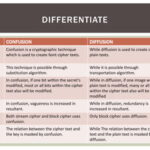In the realm of digital security, akin to architects meticulously designing citadels, hash functions serve as robust frameworks establishing the authenticity and integrity of data. At their core, hash functions process an input (the message) and transform it into a fixed-length string of characters, typically appearing as a random assortment of alphanumeric symbols. The elegance of these functions lies not only in their computational efficacy but also in their potential to protect sensitive information from the ever-looming threats of data breaches.
As we delve into the question of whether there exists a singular best hash function for security, it is imperative to navigate through the labyrinthine options available, examining the merits and demerits of each. Much like a seasoned sommelier discerning the subtle notes of a fine wine, each hash function offers unique characteristics, catering to specific security needs and contexts.
One must first understand the underlying principles that govern an effective hash function. A good hash function must satisfy several critical properties: it should be deterministic, meaning that the same input will always yield the same output; it must exhibit pre-image resistance, ensuring that deriving the original input from its hash is computationally daunting; it should render collision resistance, meaning no two distinct inputs should produce an identical hash; and finally, it should possess the avalanche effect, whereby a slight change in the input results in a vastly different hash output.
With these criteria in mind, let’s peruse the landscape of prevalent hash functions, evaluating their efficacy and operational contexts.
MD5: The Double-Edged Sword
MD5, the once-celebrated stalwart of hash functions, is reminiscent of a once-mighty fortress now rendered obsolete. Developed in 1991, MD5 produced 128-bit hash values and quickly became a staple for various applications, including digital signatures and checksums. However, its vulnerabilities—the discovery of collision attacks—diminished its credibility. In 2004, researchers demonstrated that two different inputs could produce the same hash value, akin to producing counterfeit currency that is nearly indistinguishable from the real deal. As a result, while MD5 may still find utility in non-security-critical applications, its architectural flaws render it ill-suited for safeguarding sensitive data.
SHA-1: The Faltering Guardian
SHA-1, birthed as an enhancement to MD5 in 1995, initially fostered confidence within the cryptographic community. It produced 160-bit hash values and was instrumental for many secure protocols, most notably SSL and TLS. However, much like a once revered general losing the trust of their battalion, SHA-1’s resilience waned as researchers unveiled its susceptibility to collision attacks around 2017. The migration away from this once-reliable guardian of data integrity illustrates how the landscape of security must continually evolve, adapting to new threats as they arise.
SHA-256: The Modern Age Vanguard
In the strife-filled domain of hash functions, SHA-256 emerged as a beacon of hope. Part of the SHA-2 family, it produces a 256-bit hash value, rendering it significantly more secure against collision and pre-image attacks compared to its predecessors. Employed in various critical applications, from blockchain technology to password hashing, SHA-256 embodies a sophisticated balance of security and performance. However, as the computational power available to adversaries continues to escalate, the cryptographic community remains vigilant, mindful that even this formidable sentinel may not be immune to future breakthroughs in cryptanalysis.
SHA-3: The Innovator
In a world where adaptability is paramount, SHA-3 enters as a breath of fresh air. Different from the SHA-2 family, SHA-3 utilizes a distinct cryptographic construction known as the Keccak sponge function. This innovative approach not only fortifies the hash generation process but also allows for greater versatility in output lengths. SHA-3 caters to a variety of security needs, advancing the arsenal available to cryptographers navigating the treacherous waters of digital security. With the ability to produce hashes of varying sizes, it stands ready to meet the requirements of diverse applications.
Choosing the Right Weapon
The quest for the ‘best’ hash function transcends mere metrics of length and computational speed. It demands a comprehensive understanding of the specific context in which it will be deployed. For instance, in scenarios requiring extensive data integrity validation, SHA-256 may be the optimal choice. Conversely, in less sensitive environments where legacy systems are a consideration, MD5 might still hold sway, albeit with caution.
Moreover, the technical acumen of the end-users plays a critical role in this selection process. Organizations must wield these tools effectively, ensuring that their choice aligns with the broader architecture of their security frameworks.
Ultimately, the scrutiny over the hash function landscape reveals a tapestry rich in complexity, where no single hash function reigns supreme across all domains. Instead, a mosaic of options exists, each elucidating advantages and caveats in their designs. Just as in nature, where biodiversity fosters resilience against pathogens, a diversified approach to hash functions may bolster overall security against evolving threats.
As the digital world continues to advance, the importance of understanding and applying the appropriate hash function cannot be overstated. For in this arena, the stakes are not merely academic; they echo the realities of everyday life, where data integrity and security are paramount.









Leave a Comment